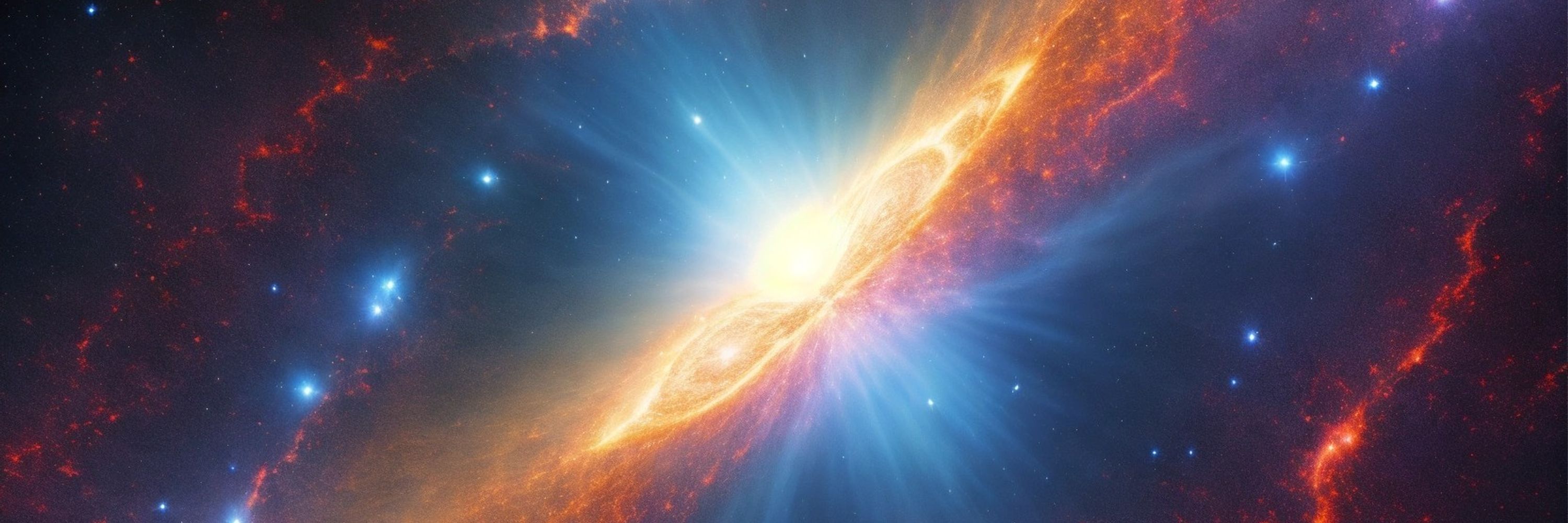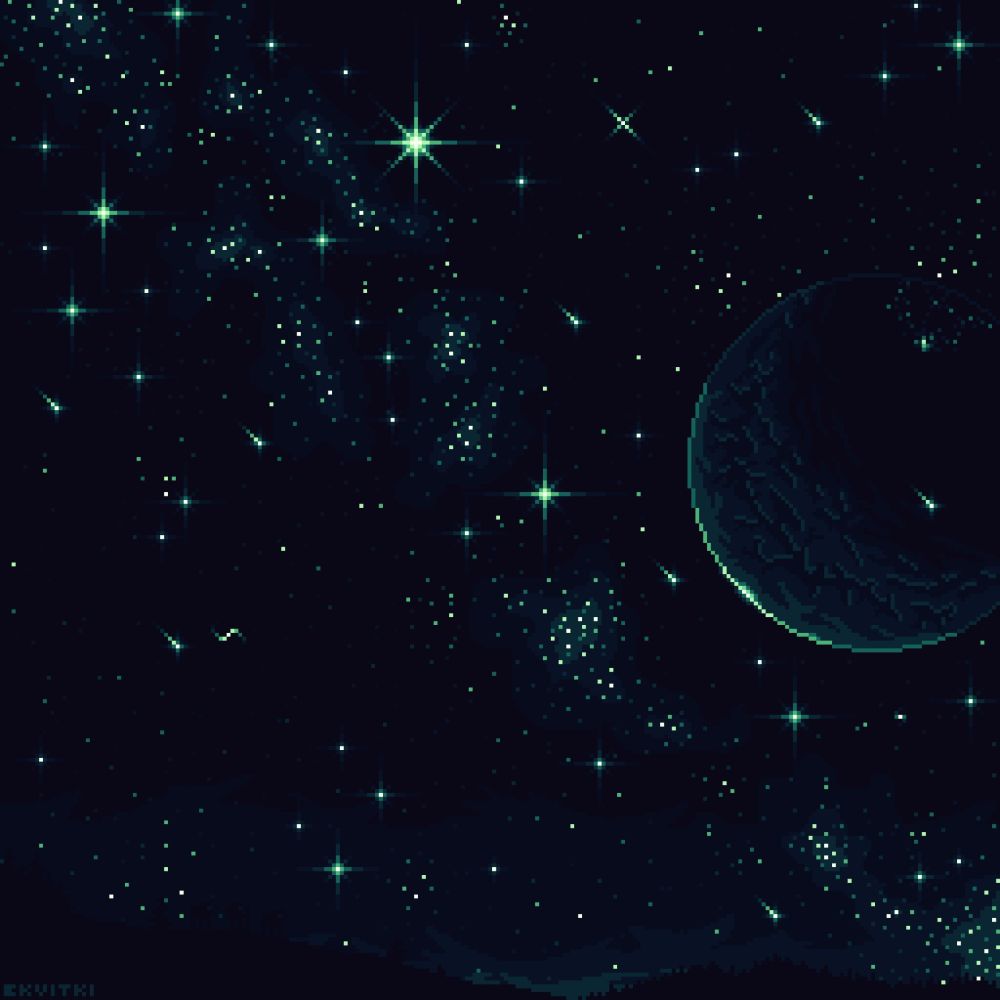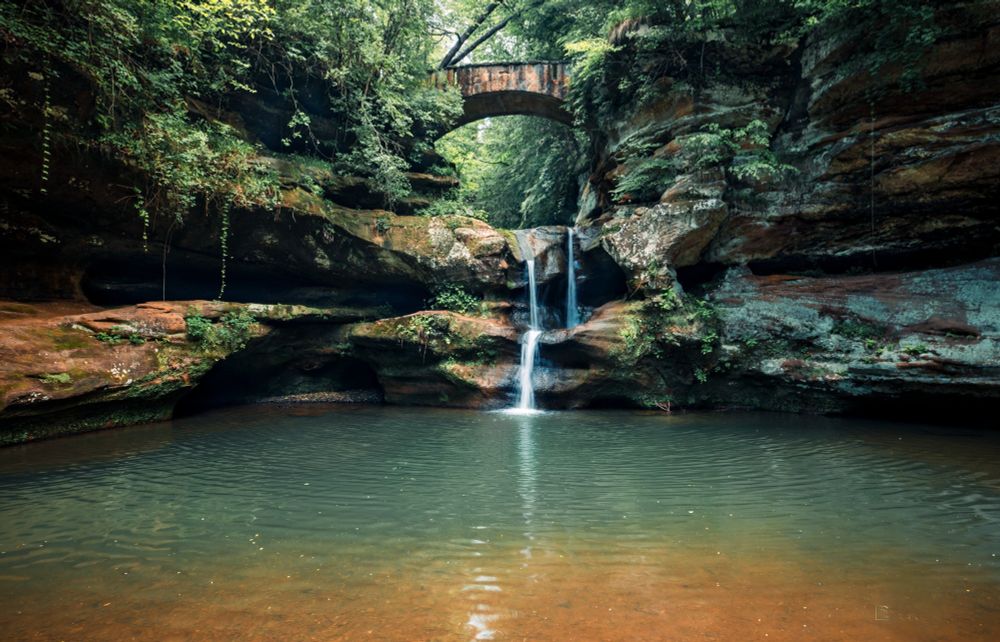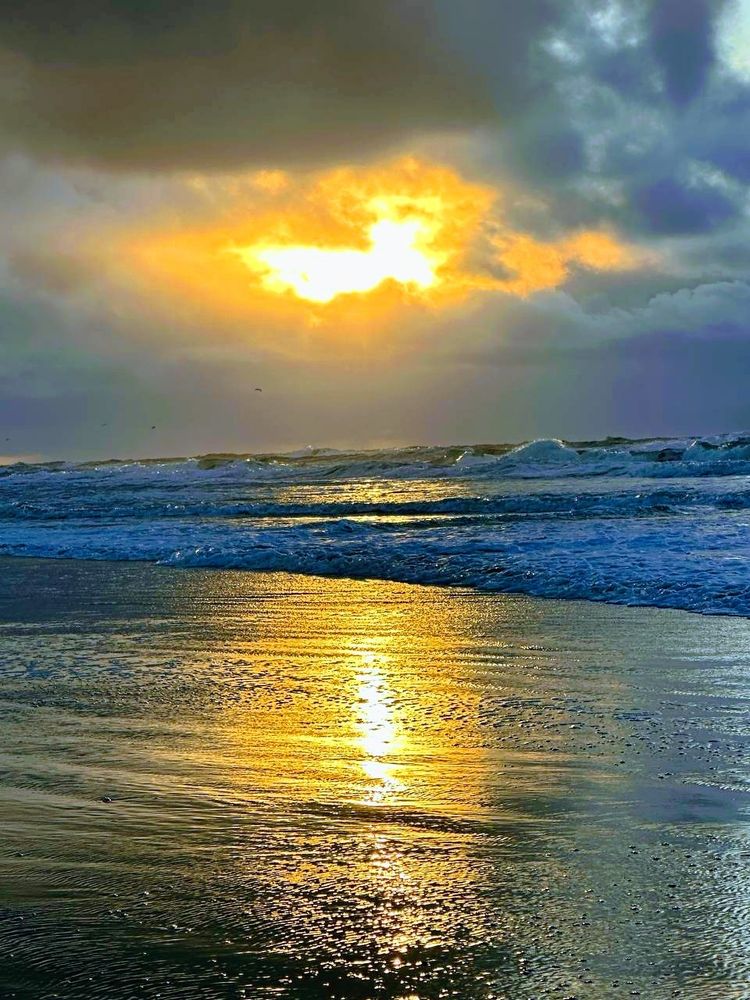
Credit: NASA/ESA & Hubble

Credit: NASA/ESA & Hubble
It is at redshift 0.11 (lookback time 1.47 billion years) with coordinates (149.87636, 2.86185).
49 volunteers classified this galaxy in Galaxy Zoo: Hubble.🔭

It is at redshift 0.11 (lookback time 1.47 billion years) with coordinates (149.87636, 2.86185).
49 volunteers classified this galaxy in Galaxy Zoo: Hubble.🔭
Star Gazing in the Park
Photo credit JWEBB
Milky Way, interstellar medium
Swirling ribands of dust form ribands due to gravitational, electric and tidal forces which inhabit the spaces between stars. Typically invisible this image was brought to you by the light of Zeta Ophiuchi

Star Gazing in the Park
Photo credit JWEBB
Milky Way, interstellar medium
Swirling ribands of dust form ribands due to gravitational, electric and tidal forces which inhabit the spaces between stars. Typically invisible this image was brought to you by the light of Zeta Ophiuchi
Photo Credit: Robert Gendler

Photo Credit: Robert Gendler

Credit:ESA/Hubble & NASA

Credit:ESA/Hubble & NASA
Credit: NASA, ESA, CSA, STScI

Credit: NASA, ESA, CSA, STScI
Wolf-Rayet star WR 140.
🔭 🧪

Wolf-Rayet star WR 140.
🔭 🧪
It is at redshift 0.27 (lookback time 3.25 billion years) with coordinates (53.18445, -27.86141).
75 volunteers classified this galaxy in Galaxy Zoo CANDELS.

It is at redshift 0.27 (lookback time 3.25 billion years) with coordinates (53.18445, -27.86141).
75 volunteers classified this galaxy in Galaxy Zoo CANDELS.

Credit: NASA/JPL-Caltech/Univ.of Ariz.

Credit: NASA/JPL-Caltech/Univ.of Ariz.
In an otherwise clear sky, it was "disappointing" to have that band of cloud that just didn't want to disperse.
The bright light on the clouds is from the town of Stromness, where we had docked a few hours earlier.
#Photography

In an otherwise clear sky, it was "disappointing" to have that band of cloud that just didn't want to disperse.
The bright light on the clouds is from the town of Stromness, where we had docked a few hours earlier.
#Photography


In an otherwise clear sky, it was "disappointing" to have that band of cloud that just didn't want to disperse.
The bright light on the clouds is from the town of Stromness, where we had docked a few hours earlier.
#Photography

In an otherwise clear sky, it was "disappointing" to have that band of cloud that just didn't want to disperse.
The bright light on the clouds is from the town of Stromness, where we had docked a few hours earlier.
#Photography
Today’s House of Study goody looks at a myriad of similar connections, with many exquisite photos:

Today’s House of Study goody looks at a myriad of similar connections, with many exquisite photos:
Image Credit: NASA, ESA, and J. Maíz Apellániz, et al

Image Credit: NASA, ESA, and J. Maíz Apellániz, et al

This image was presented today on AAS Nova.

This image was presented today on AAS Nova.

#landscapephotography




#landscapephotography





